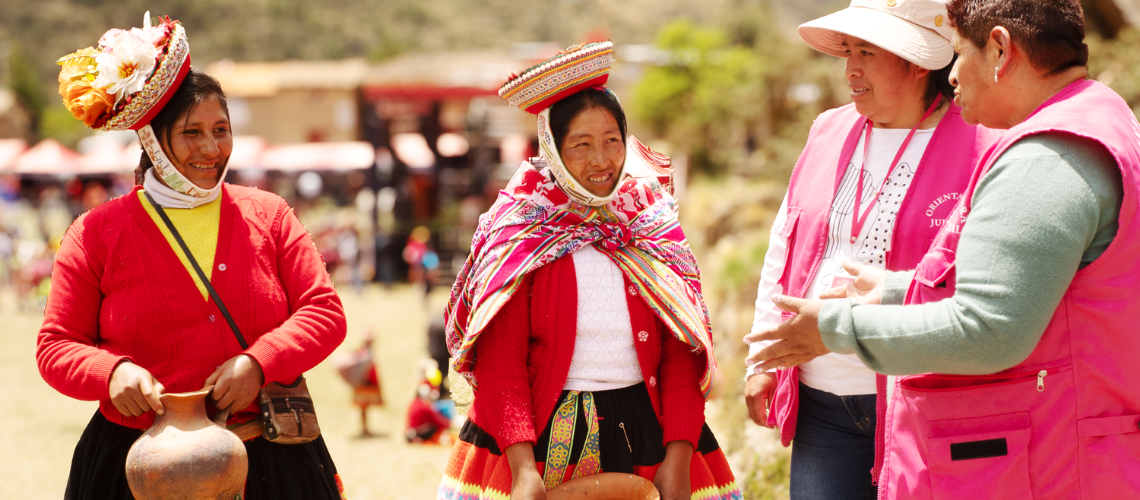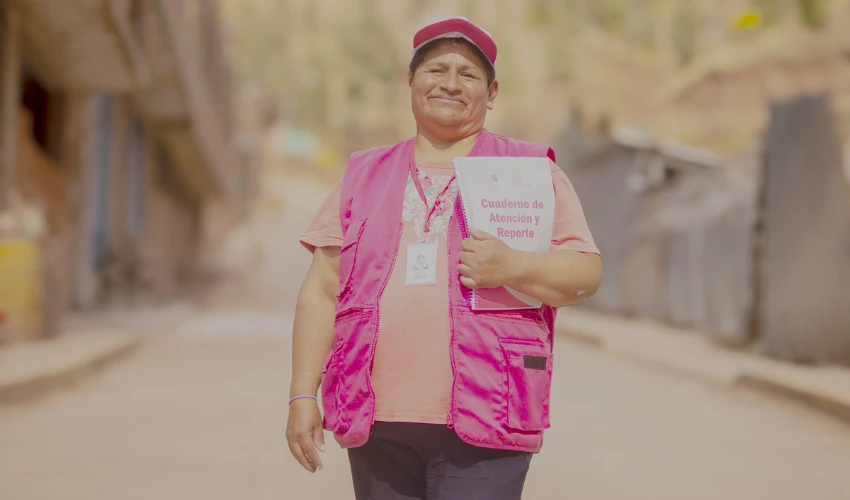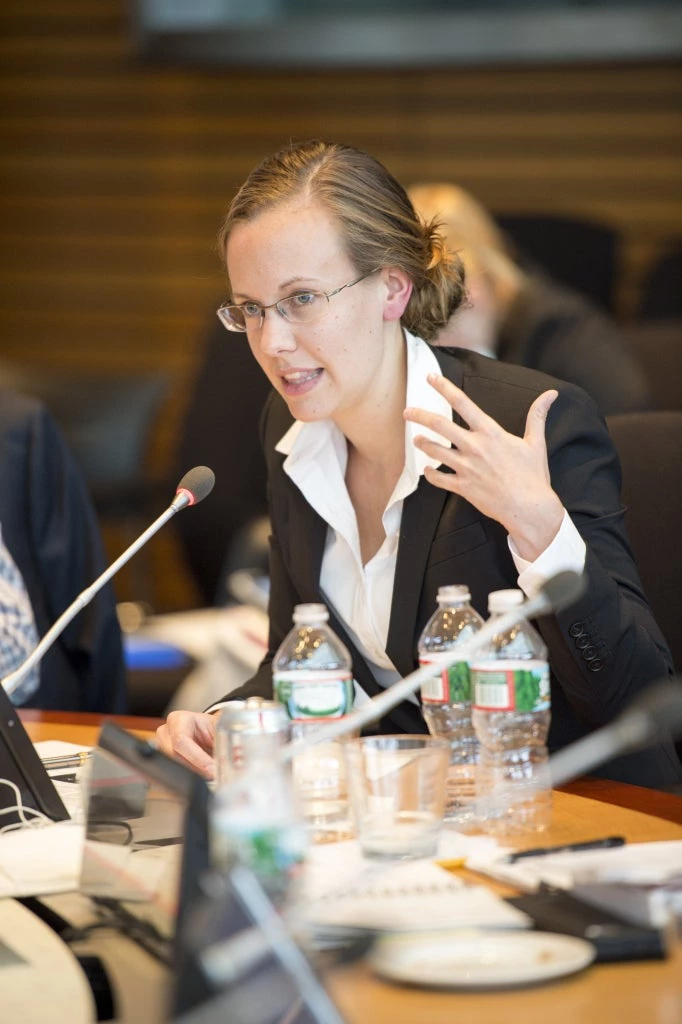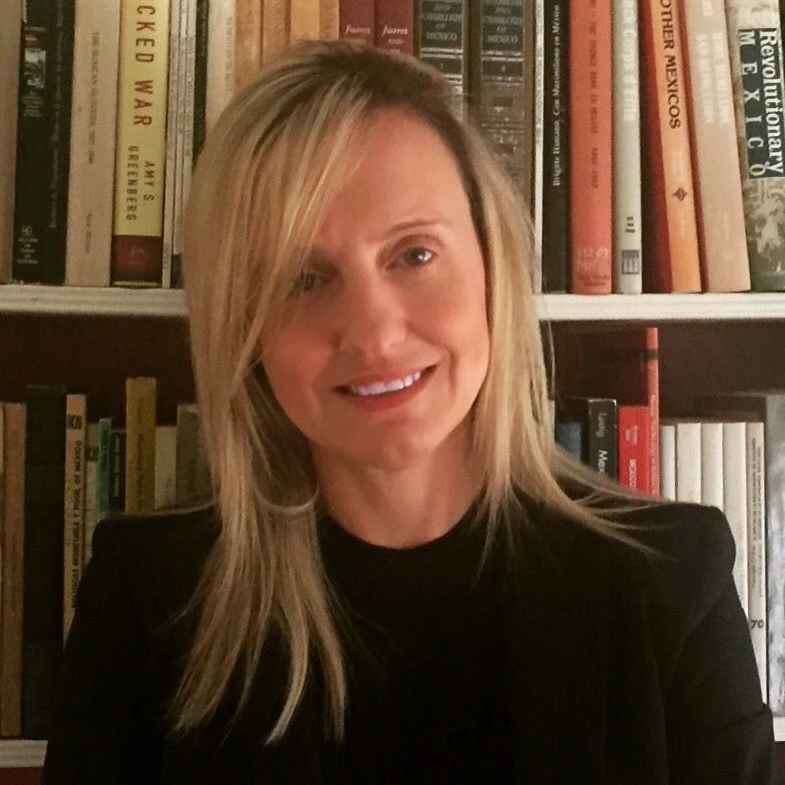 Women from the community of Patacancha, Cusco, talk with Virginia Quintana and Ana Isabel Huamani, judicial guiders from the Peruvian Ministry of Justice.
Women from the community of Patacancha, Cusco, talk with Virginia Quintana and Ana Isabel Huamani, judicial guiders from the Peruvian Ministry of Justice.
We are at 3800m above sea level, a four-hour drive from Cusco, Peru. The road to the rural community of Patacancha is not paved. Their school has one classroom. There’s no running water. The phone signal is patchy, and only occasional satellite internet connects this village with the digital world. Patacancha is part of Peru, but the State of Peru barely reaches it.
Today is different. Today, for the first time, over 30 state entities have made their way to Patacancha: judges, notary publics, attorneys, regulators, ministry officials and other public servants. Against the background of majestic mountains, they have set up their booths on one big plateau to serve the community members of Patacancha. Quechuan-speaking mothers and elderly eagerly approach these booths to exercise their rights as citizens of Perú: registering their children, receiving national IDs, accessing social security payments, titling their land, soliciting agricultural support, and – at the center of the event – seeking justice.
This unprecedented presence of state services in a remote village is the result of tireless, voluntary, mission-driven efforts by the President of the Supreme Court of Cusco and the members of the Judiciary’s Commission for Access to Justice. And sadly, still an exception in its concerted effort to bridge the glaring gap of service delivery across regions in Perú.
Several years ago, the Judiciary’s Commission for Access to Justice introduced “Itinerant Justice Fairs” to address the challenge faced by farmers in remote villages unable to leave their families and livestock for a full day (or more) to file a complaint in the nearest courthouse. These Justice Fairs allow judges to travel to remote regions to receive complaints, hold audiences, and issue judge decisions. The World Bank has been supporting this unique program since 2019. In 2022, 28 thousand citizens in vulnerable communities benefited from 261 of such fairs.
Lucia, one of the 860 single mothers who registered their complaints at such fairs was finally able to demand alimony for her child after 5 years of frustrated efforts. A member of the Huayhuash community in the Cusco region was able to change one letter in his national ID unlocking access to state services for the first time after 40 years.

In recent Justice Fairs, judges have not been traveling alone. Judicial Guiders, female community leaders, have been designated by the Judiciary to inform vulnerable citizens – pro bono – on where and how to seek help in case of domestic violence, child alimony or any other effort to seek justice. While these Judicial Guiders are a first bridge to the formal justice system, the centers for Asistencia Legal Gratuita (ALEGRA) provide free legal aid to process their claims.
The ALEGRA centers are also part of a bigger World Bank project to modernize justice services. At the heart of that project lies a fully digitized case management system (the Expediente Judicial Electrónico) that will allow a more efficient and transparent judiciary. However digitalization of justice does not guarantee access to justice. And hence, the Itinerant Justice Fairs are an integral part of the World Bank project.
But today, the leaders of this initiative in the judiciary showcased even greater convening power. Over 30 other state entities joined their effort in approaching remote communities that are often even unaware of the services the state could offer. These fairs are not a universal solution, but they are scalable.
What will it take to make the most of the experience in Patacancha?
-
First, the Itinerant Justice Fairs can mature from an ad hoc initiative to a formal institution with a proper legal framework to render the efforts sustainable in the medium-term with its own budget.
-
Second, the Judiciary can assign designated itinerant judges with the necessary infrastructure to ensure efficiency and effectiveness.
-
Third, collaboration between the Judiciary, community leaders (Judicial Guiders) and ALEGRA centers needs to strengthen to ensure that more vulnerable citizens get the legal aid they need.
-
Fourth, authorities can explore how to replicate the integral service delivery of over 30 state entities in such mobile fairs.
Stay updated with our weekly article
Related articles




Join the Conversation